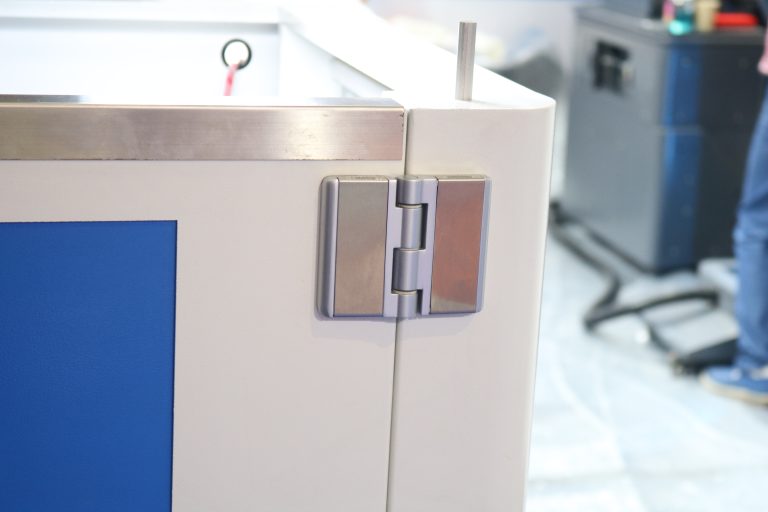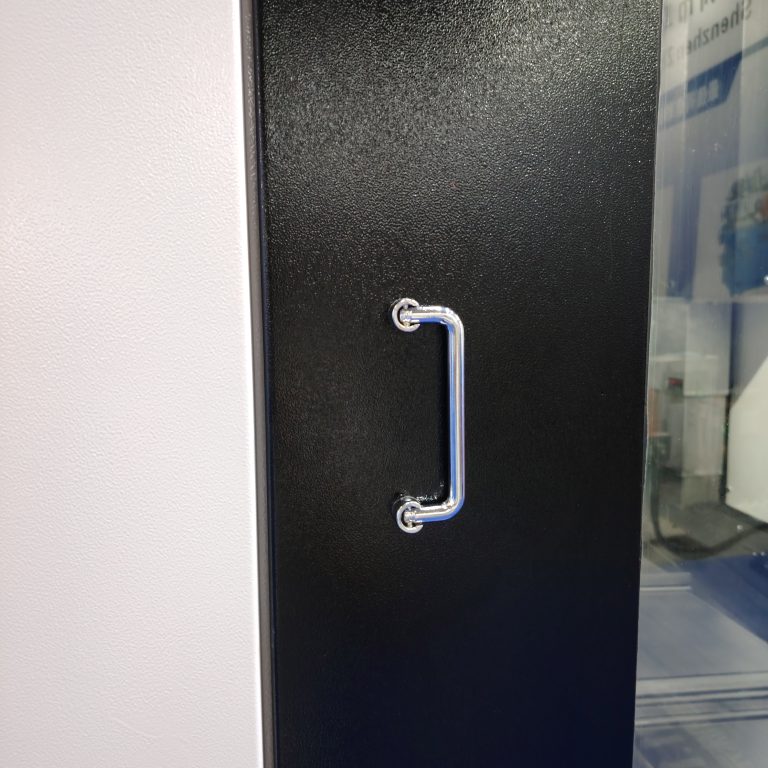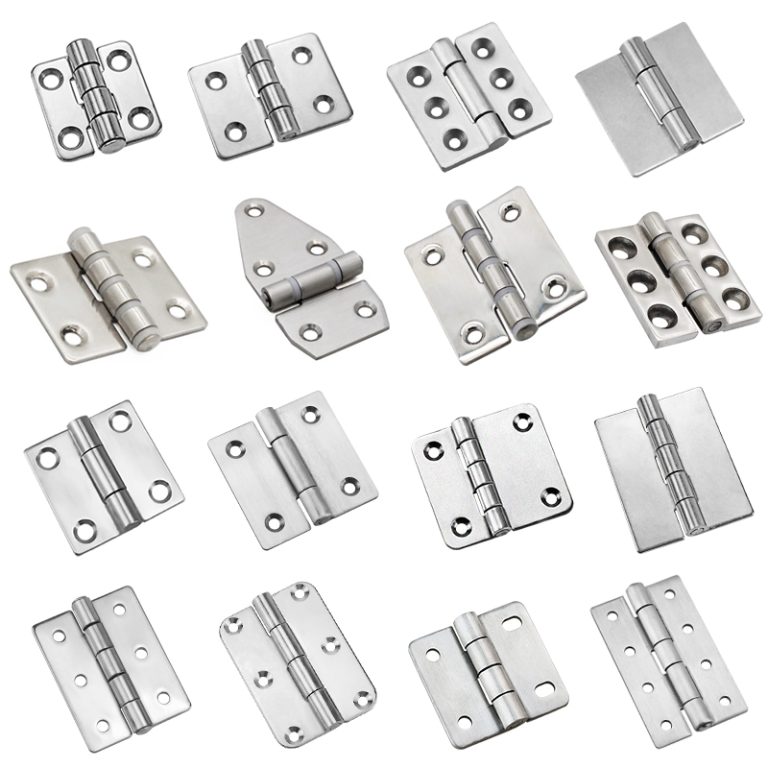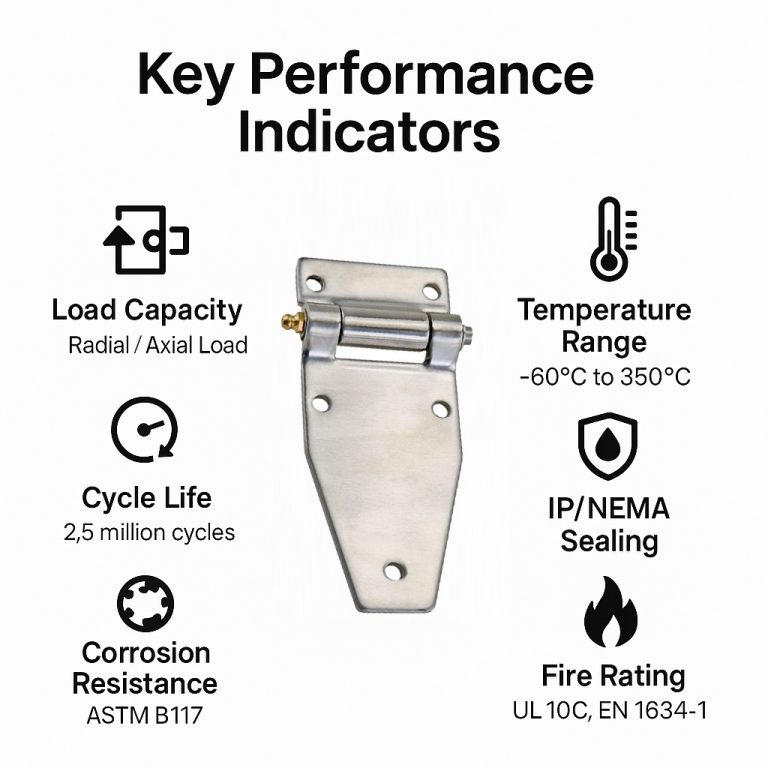HTAN является одним из ведущих производителей промышленных петель, ручек и защелок в Китае.
-
+86 13720060320
-
julius@haitangs.com

Руководство по нержавеющей стали 304: Свойства, преимущества и применение в промышленности
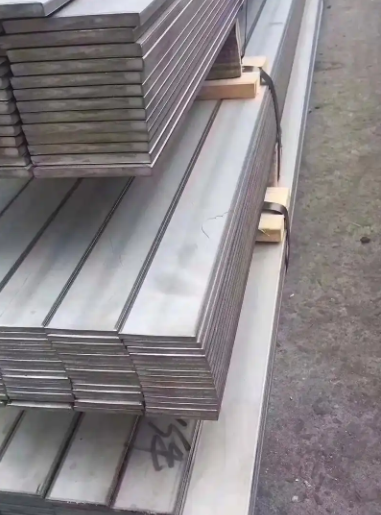
304 stainless steel is a general-purpose austenitic stainless steel. It consists of more than 18% chromium (Cr) and more than 8% nickel (Ni), with small amounts of carbon, manganese and other elements. This material is widely recognized as one of the most common types of stainless steel, accounting for more than 30% of all stainless steel consumed globally on an annual basis.
Why is it most common?
- Cost-effective: compared to molybdenum-containing нержавеющая сталь 316, 304 is cheaper to produce
- Wide range of applications: from food processing equipment to architectural decoration
- Good processability: suitable for stamping, welding, bending, etc.
Overview of industries
- Food and beverage industry: equipment exposed to acidic liquids or high-temperature vapors, etc.
- Medical equipment: surgical instruments, sterilized utensils, etc.
- Промышленное оборудование: electric cabinet hinges, machinery housings, etc.
- Building decoration: handrails, curtain wall brackets, etc.
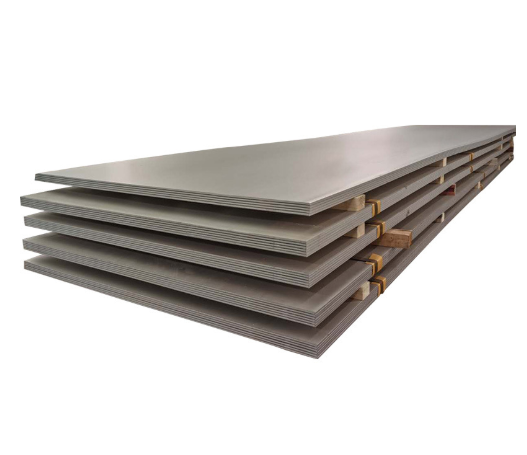
304 stainless steel chemical composition
Соотношение основных элементов (массовые проценты)
| Элемент | Диапазон содержания (массовые проценты) | Роль |
|---|---|---|
| Хром (Cr) | 18.0% – 20.0% | Образование защитного слоя оксида хрома, обеспечивающего коррозионную стойкость |
| Никель (Ni) | 8.0% – 10.5% | Стабилизирует структуру аустенита, повышает пластичность, высокотемпературные характеристики и коррозионную стойкость |
| Углерод (C) | ≤ 0,08% | Низкое содержание углерода снижает количество выпадающих карбидов и улучшает свариваемость (304L: ≤ 0,03%; 304H: ≥ 0,04%) |
| Марганец (Mn) | ≤ 2.0% | Повышение прочности и упрочняющей способности |
| Кремний (Si) | ≤ 1.0% | Повышенная стойкость к окислению и прочность при высоких температурах |
| Фосфор (P) | ≤ 0,045% | Примесные элементы, которые необходимо строго контролировать для сохранения прочности материалов |
| Сера (S) | ≤ 0,030% | Примесные элементы, избыток которых снижает коррозионную стойкость и эффективность обработки |
| Железо (Fe) | баланс | в качестве основного металла, составляют основное тело сплава |
| Азот (N) | ≤ 0,10% (след) | могут присутствовать в небольших количествах, но не являются основными добавляемыми элементами |
| Молибден (Mo) | Обычно не присутствует | Молибденсодержащая версия - нержавеющая сталь 316 (повышенная коррозионная стойкость) |
Characteristics of molybdenum-free
- Weaker resistance to chloride corrosion than 316 stainless steel
- Reduced cost by approximately 20-30%
- Better suited to non-marine environments
Effect of composition on properties
- High chromium content: creates a dense chromium oxide layer on the surface, preventing further corrosion.
- Никель: ensures that the material remains tough at low temperatures (can withstand -196°C)
- Low carbon design: reduces the risk of intergranular corrosion after welding
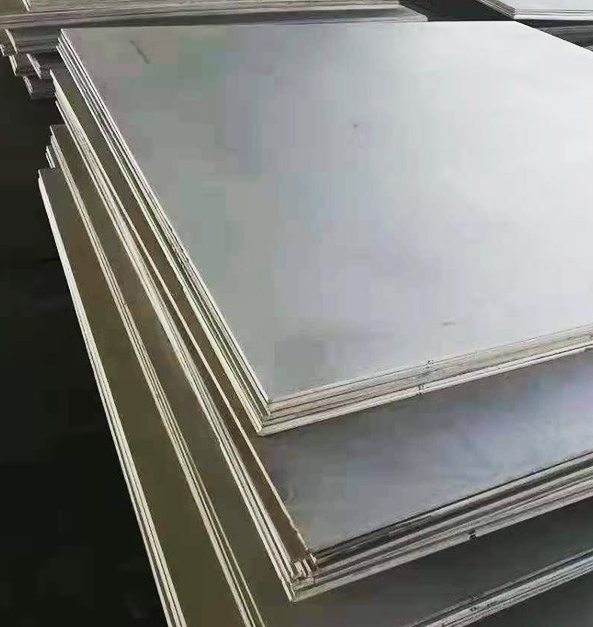
Mechanical properties of 304 stainless steel
Performance indicators
| Indicator | Typical values (annealed condition) | Remarks |
|---|---|---|
| Tensile Strength | 515 – 620 MPa | High strength balanced with good plasticity, suitable for structural components. |
| Yield Strength | 205 – 310 MPa | Yield strength at 0.2% residual deformation, which can be significantly increased after cold working (e.g. ≥1000 MPa after cold rolling). |
| Elongation | ≥ 40% (50 mm) | High ductility, suitable for deep drawing, bending and other processing. |
| Hardness | Brinell (HB): ~201 | Low hardness in annealed condition, hardness increases after cold working (e.g. HRB 90 annealed condition, HRB 200+ after cold rolling). |
| Impact toughness (Impact) | at room temperature ≥ 100 J (Charpy impact test) | austenitic structure provides good toughness, low-temperature performance is better than ferritic stainless steel (but lower than duplex steel). |
| Modulus of elasticity (Modulus) | 193 – 200 GPa | Similar to other austenitic stainless steels. |
Mechanical Advantages
- High ductility: suitable for deep-drawing molding processes (e.g., for making pots and pans)
- Fatigue strength: can withstand more than 106 cyclic loads (suitable for петли with frequent opening and closing)
- Low-temperature toughness: no brittle cracking even at liquid nitrogen temperatures
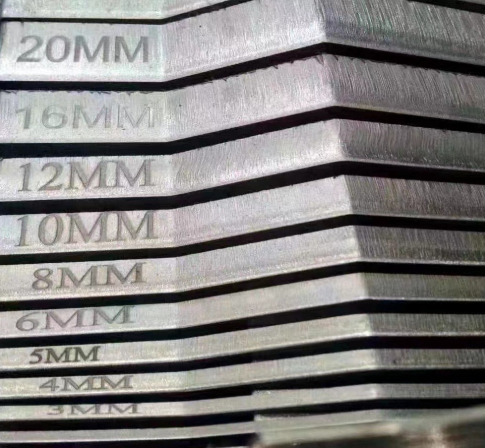
Physical properties
| Свойства | Numerical value | Application effect |
|---|---|---|
| Плотность | 8.0 g/cm³ | approx. 10% lighter than carbon steel, suitable for structural components requiring weight reduction. |
| Coefficient of thermal expansion | 17.2 μm/m-°C (20-100°C) | Expansion gap is required. |
| Thermal conductivity | 16.2 W/m-K | Heat input should be controlled during welding to avoid deformation. |
| Resistivity | 0.73 μΩ-m | Can be used for low-current conductive parts. |
304 stainless steel core advantages
Excellent corrosion resistance
According to Outokumpu Stainless Steel Corrosion Handbook data:
- Annual corrosion rate <0.01mm at pH 4-9
- Resistant to 85% concentration of nitric acid (at room temperature)
- No visible rust for 10 years in industrial atmospheres at 60% humidity
Excellent processability
- Stamping and forming: up to 2.2 LDR (Limit Depth Ratio)
- Welding compatibility: TIG welding without filler material for high strength welds
- Отделка поверхности: Electrolytic polishing to a mirror finish with Ra ≤ 0.1μm.
Hygiene and aesthetics
- Surface finish: bacteria adhesion rate is 90% lower than rough surface.
- Convenient cleaning: can be cleaned with strong acid and alkali (e.g. sodium hypochlorite disinfectant)
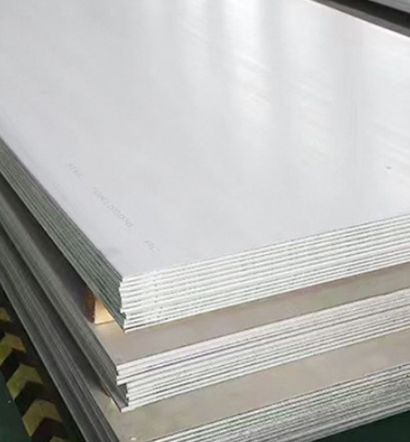
Резюме
With its balanced corrosion resistance, ease of processing and controllable cost, 304 stainless steel dominates the industrial hardware sector. As the manufacturing industry’s requirements for material longevity and environmental protection increase, 304 stainless steel will continue to play a key role in the fields of rail transportation, new energy equipment, and intelligent medical care.
Вопросы и ответы
Q: Can 304 stainless steel be used in marine environment?
A: Long-term exposure to seawater is not recommended. In mild salt spray environment need to be used with surface coating.
Q: What is the difference between 304 and 201 stainless steel?
A: 201 with manganese to replace part of the nickel, corrosion resistance is worse, the cost is about 40% lower.
Q:How to judge the real 304 stainless steel?
A: The professional method is to test the nickel content with a spectrometer. Simple test: drop copper sulfate solution on the surface, turn red is fake 304.
Q:Will 304 stainless steel rust?
A: Pitting corrosion may occur in the presence of chloride ions or mechanical damage not treated in time.

